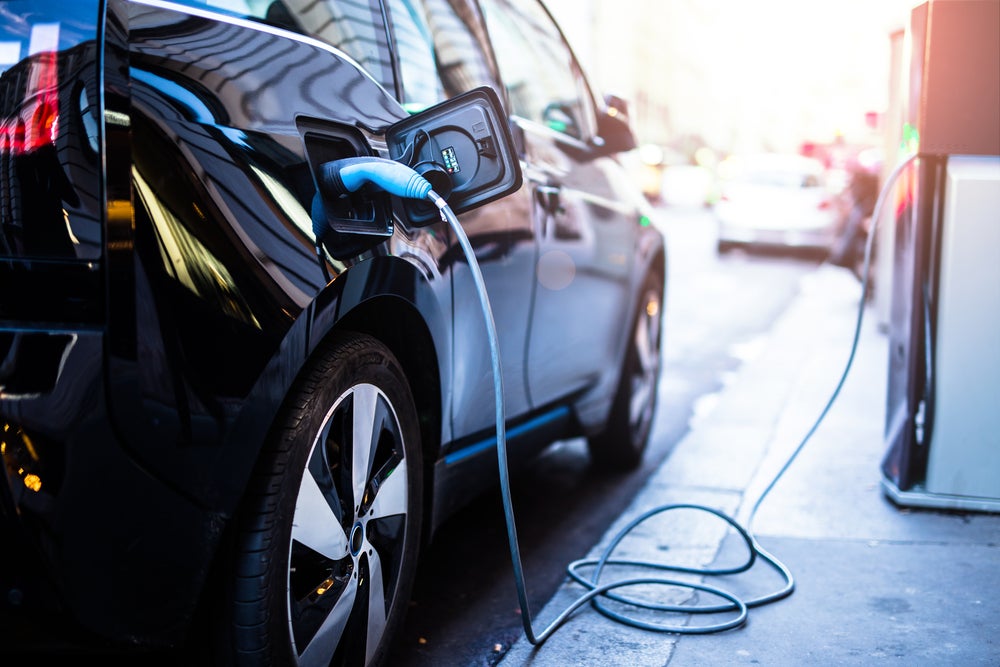
There could be up to 700 million electric vehicles (EVs) on the roads globally by 2050, says an industry analyst.
New research by Wood Mackenzie shows EV sales are expected to reach 62 million units per year by the mid-century as fossil fuel alternatives continue to be squeezed out of the market.
In 2047, the energy researcher projects battery electric vehicle (BEV), plug-in hybrid electric vehicle (PHEV) and fuel cell vehicle (FCV) sales will combine to eclipse internal combustion engine (ICE) sales globally for light-duty vehicles for the first time.
Europe, China and North America set for large electric vehicles uptake by 2050
Wood Mackenzie expects EV sales to top a combined seven million a year in China, Europe and the US by 2025, while improved EV costs will propel sales and double EV numbers to a combined 15 million a year in those three regions by 2030.
It added that all automobile sales in Europe (86%), China (81%) and North America (78%) will predominantly be EVs by 2050.
Wood Mackenzie principal analyst Ram Chandrasekaran said: “In 2020, global EV sales surged 38% despite a decline of 20% in all car sales. Emissions regulations in western Europe were successful in doubling EV adoption despite the crippling coronavirus pandemic.
“This provides a roadmap for other countries and regions with similar goals to stimulate EV sales growth.”
Wood Mackenzie’s research notes that today’s major automakers – Volkswagen, Tesla, General Motors, Fiat-Peugeot, Renault-Nissan and Hyundai – will continue to make up a large share of future EVs.
“Most automakers are a few years behind Tesla in terms of technology and efficiency,” said Chandrasekaran. “However, they can quickly outgun Tesla when it comes to manufacturing capacity and quality.”
Lead by electric buses and light trucks, annual commercial EV sales are expected to top three million by 2025 and triple to nearly nine million by 2030, according to the energy researcher. It projects annual commercial vehicle sales to reach 6.4 million by 2050, while global stock will swell to 54 million.
At 88% of the total 416 million charging outlets globally by 2050, Wood Mackenzie expects residential chargers to be the “primary mode of charging for EVs globally”.
“Despite the growing dominance of EVs, global oil demand from light-duty vehicles is projected to reduce by only 24% over the next 30 years,” said Chandrasekaran.
“Slow erosion of ICE stock and an increased demand from emerging economies are the main reasons for this lethargic drop.”






